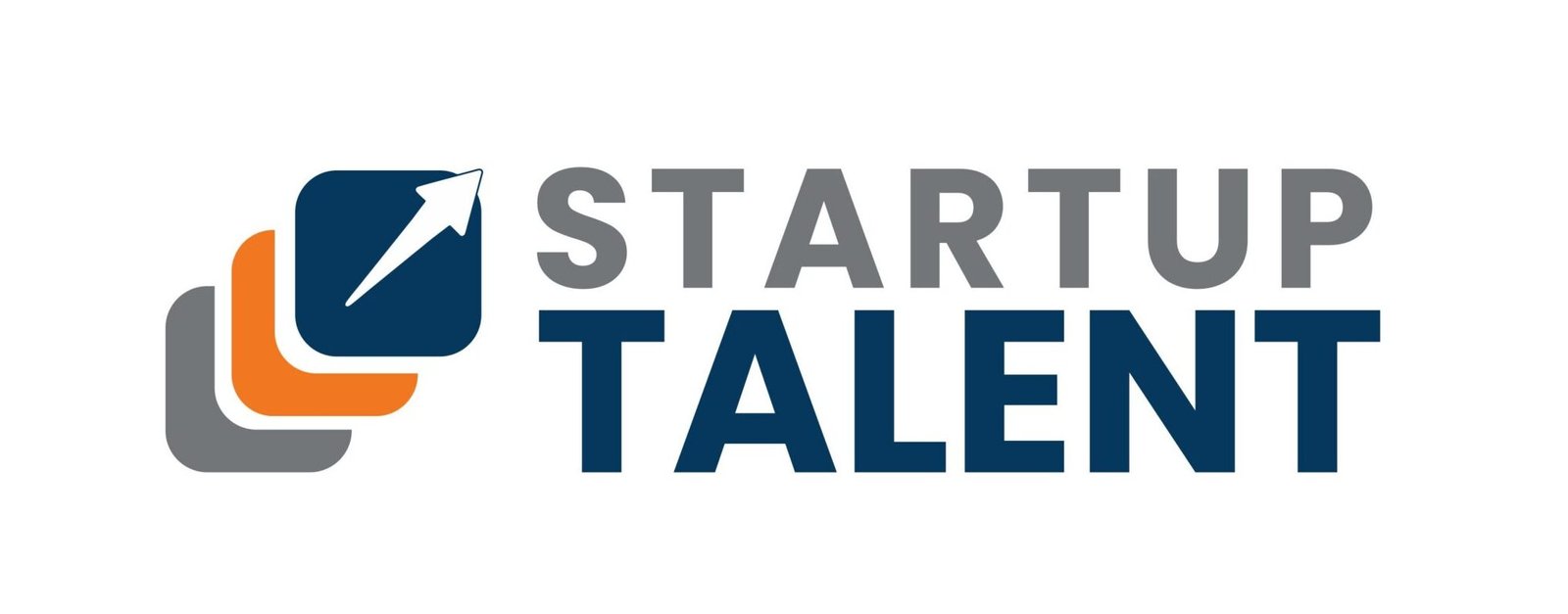When most envision technical recruiting, they think of difficult coding challenges, whiteboard interviews, and intense competition for top talent. But another challenge exists beneath the surface—one that’s not as apparent but no less detrimental: bias.
Bias in tech hiring can silently sabotage your recruitment objectives, shut off your access to exceptional talent, and damage your company’s reputation. Even the most well-meaning recruiters and hiring managers can fall victim to it.
The good news? With knowledge, the proper strategies, and ongoing effort, you can decrease bias at every phase of your hiring process.
Let’s get into how to do it—effectively and creatively.
Why Bias in Technical Hiring Matters
Technical positions determine the products and systems that are used by millions of people every day. If your recruitment process has bias, you’re not just excluding varied viewpoints—you’re probably hiring for “culture fit” rather than actual ability. That can lead to:
- Homogeneous teams that lack innovation
- Highly qualified applicants dropping out or getting overlooked
- A less strong employer brand within underrepresented groups
Reducing bias isn’t only ethical. It’s a competitive edge.
1. Write Inclusive Job Descriptions
Bias may begin even before an applicant applies. Job descriptions usually contain subtly exclusionary wording:
Gendered terms: “rockstar,” “ninja,” “dominant,” “aggressive”
Unnecessarily stringent requirements: 10+ years for a mid-level position
Excessively academic credentials: demanding advanced degrees when experience is enough
How to avoid it:
- Use objective, straightforward language emphasizing skills and effect.
- Include a very short list of genuinely essential qualifications.
- Emphasize dedication to diversity and inclusive teams.
Example: Rather than “Searching for coding ninja with 10+ yrs’ experience,” try “Seeking skilled developer who loves collaborative problem-solving.”
2. Standardize Your Screening Process
Screening is also where bias tends to live. Recruiters may favor candidates who attended schools, worked at well-known firms, or simply “feel like they are a fit.”
How to prevent it:
- Establish specific, role-related criteria before reviewing resumes.
- Employ structured scorecards for all candidates.
- Blind the resumes to eliminate names, photos, graduation years, or addresses.
This guarantees evaluation of skill and experience, rather than assumption.
3. Utilize Skills-Based Assessments
Dependence on resumes and interviews alone invites the risk of hiring the most privileged, best-connected candidates. Instead, examine what truly matters: doing the job.
Tactics:
- Add coding challenges that mirror actual work assignments.
- Employ take-home assignments crafted for fairness.
- Consider pair-programming interviews for team roles.
Skill-based tests level the playing field by allowing everyone to show what they can do.
4. Train Your Hiring Team on Unconscious Bias
Even veteran interviewers have unconscious bias. These can affect decisions in subtle but unintended ways—from preferring those who share a similar background to interpreting confidence as competence.
How to prevent it:
- Invest in unconscious bias training for all the people involved in the hiring process.
- Educate interviewers to pay attention to and challenge their assumptions.
- Promote open call-outs of bias when it happens.
This is not a single exercise but a series of ongoing learning and self-reflection.
5. Design Interviews for Equity
Unstructured interviews are biased as they rely on impressions based on individuals.
How to prevent it:
Utilize structured interviews with the same questions for all applicants.
Develop questions based on job specifications and competencies.
Utilize a scoring rubric to rate answers fairly.
Structured interviews minimize the likelihood of employing candidates who “click” with the interviewer but aren’t truly suitable.
6. Construct Diverse Interview Panels
If your interviewers all come from the same background, candidates are unlikely to feel visible or included, and unconscious bias can creep unchecked.
7.How to prevent it:
Add team members from diverse backgrounds and functions to panels.
Where possible, include underrepresented groups.
Move panel members around regularly to introduce new thinking.
Diverse panels project a clear message about your company’s values while also reducing bias.
Monitor and Evaluate Your Hiring Data
You can’t fix what you can’t measure.
Strategies:
Monitor the diversity of your applicant pool, interviewees, and hires.
Examine where candidates fall off your funnel.
Identify patterns of bias in feedback or scoring.
Use these findings to continually improve your processes.
Final Thoughts
Avoiding bias in Technical Recruitment isn’t just a box to check—it’s essential for building strong, innovative teams. It demands intention, transparency, and commitment from everyone involved.
By writing inclusive job descriptions, standardizing processes, focusing on skills, training interviewers, and analyzing outcomes, you’ll open your doors to a broader, richer pool of talent.
That’s not just good for your company—it’s good for the industry, your users, and the future of technology.






